Yesterday a group of us, 6 children and many adults met in Millennium Wood to try and record as many insect species as possible, whilst also recording singing birds within the wood. After a couple of hours we made our way to the fire I had lit earlier and cooked sausages and mushrooms with the children enjoying toasting marshmallows on sticks they had whittled. All in all, a successful several hours.
Few photos here of some of the species that we discovered by beating trees and sweep netting the longer grass areas.
 |
| Black and Yellow longhorn beetle: Rutpela maculata |
 |
| Honey bee: Apis mellifera on bramble flower |
 |
| Marmalade fly. A species of hover fly Episyrphus balteatus |
 |
| Volucella pellucens: larger hoverfly |
 |
| Head on with a Volucella pellucens |
 |
| Another marmalade hoverfly |
 |
| Pair of mating ringlet butterflies |
 |
| Ringley butterfly |
 |
| Azure damselfly |
 |
| Comma butterfly |
 |
| Harlequin ladybird. |
 |
| Probable newly emerged Miris striatus bug |
 |
| Orange ladybird |
 |
| Probably hoverfly Syrphus torvus |
 |
| Meadow brown butterfly |
 |
| Common Pollen beetle: Meligethes aeneus |
 |
| House fly: Musca domestica |
 |
| Flesh fly: Sarcophaga carnaria |
In the evening, I set up the moth trap which ran for a short while after dusk. In all, I trapped over 50 moths of 26 species, with a
Hypsopygia costalis being a new moth for the year and 19 species being new for Millennium Wood this year.
Of particular note were:
scorpion fly
Emperor dragonfly
Red admiral
blackcap and whitethroat singing.
Roesels bush cricket, a first for this habitat
Large numbers of Meadow brown butterflies.
In total, well in excess of 70 insect species were noted, including a few moths that are either day flying or ones disturbed from their roost, such as
Blastodacna hellerella.




















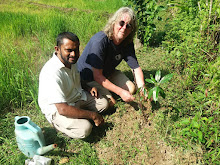























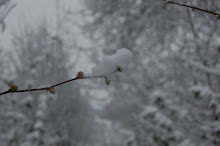













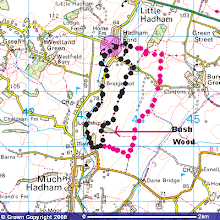
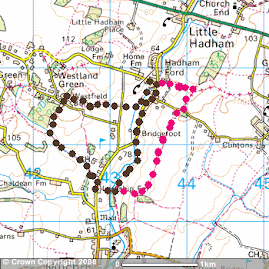
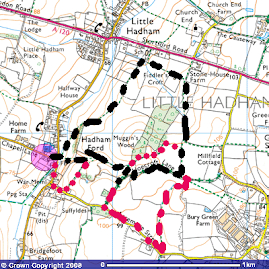
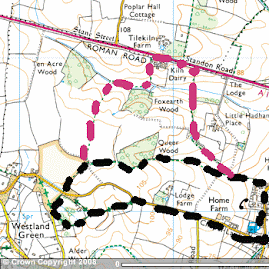
No comments:
Post a Comment